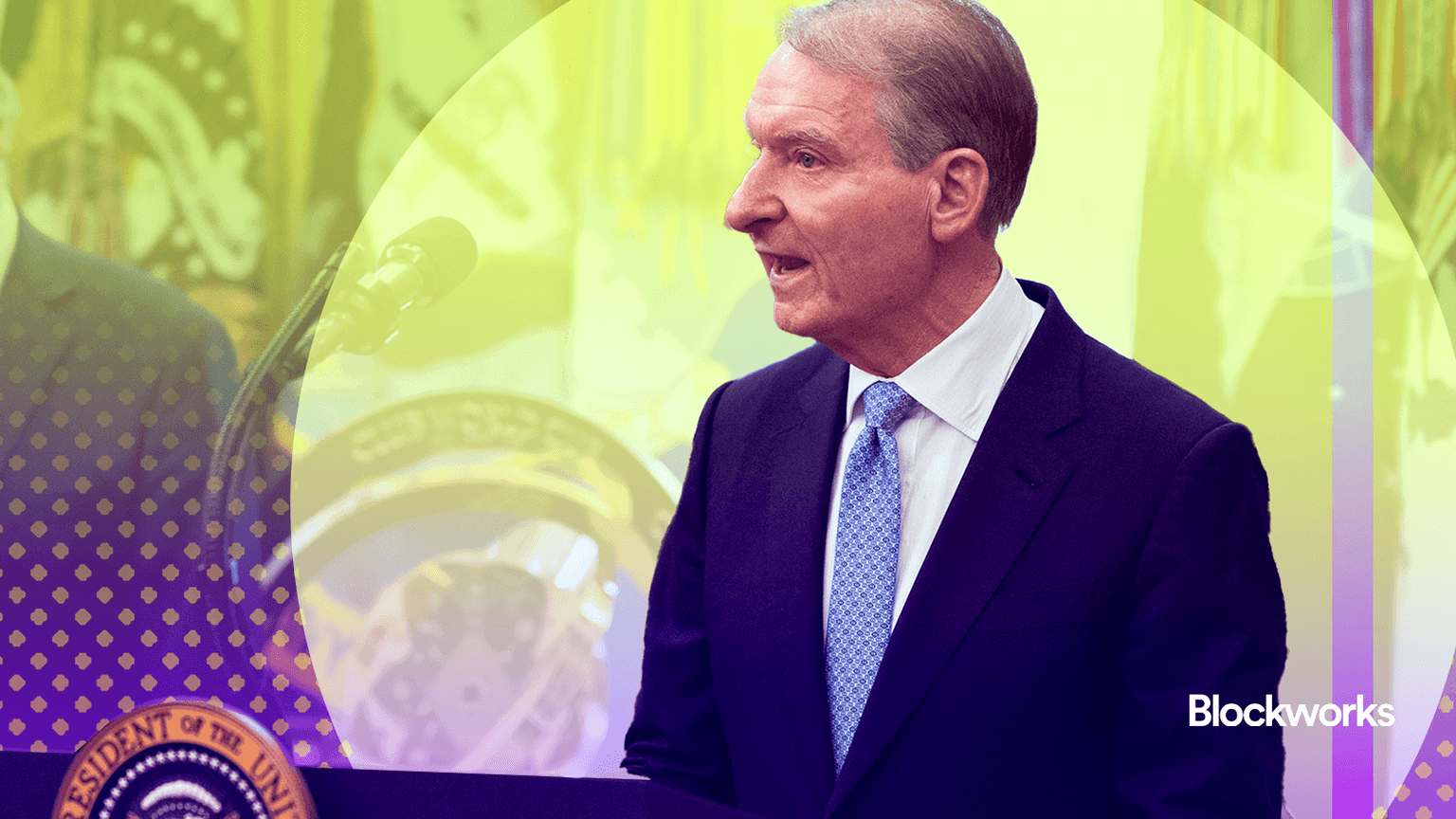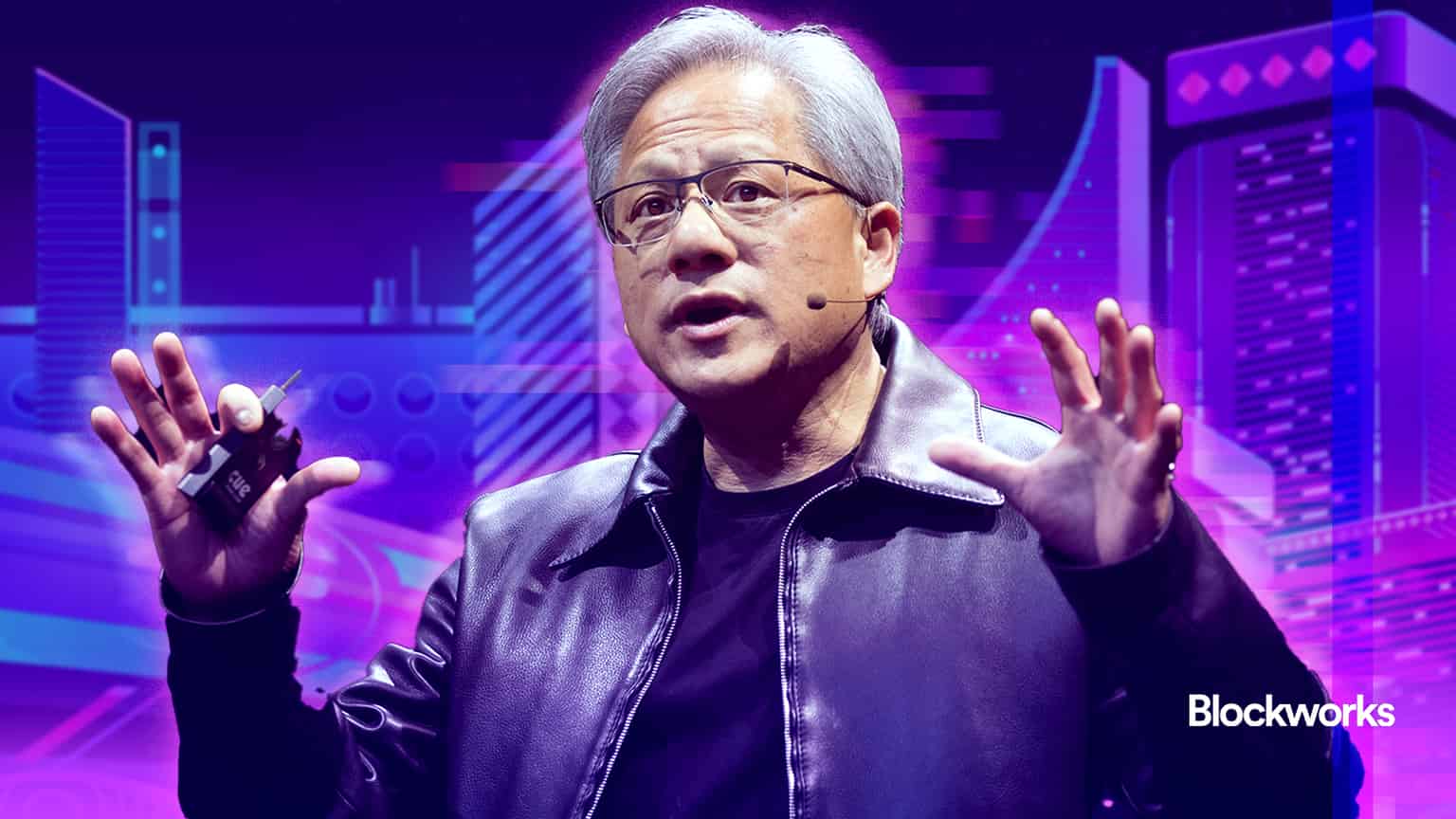Decentralization in progress: High ideals and hard realities
Every transformational technology begins with utopian hopes, and then runs into the world as it is

Artwork by Crystal Le
This is a segment from The Breakdown newsletter. To read more editions, subscribe
“The effect of liberty to individuals is that they may do what they please; we ought to see what it will please them to do before we risk congratulations.”
— Edmund Burke
When Queen Victoria sent President Buchanan a 98-word message over the first transatlantic telegraph cable, it crossed the ocean in just 16 hours.
This technological feat inspired The New York Times to describe the invention of telegraphic communication “full of hopeful prognostics for the future of mankind.”
Some even foresaw the end of disinformation.
“The infallible Telegraph will contradict their falsehoods as fast as they can publish them,” a contemporary journalist predicted.
Telegraph signals were spoken of as an invisible current carrying the truth itself — a technical channel free of human bias that would broadcast news from a single, trusted source (the Associated Press).
It didn’t work out that way.
Another journalist soon noticed that “intelligence thus hastily gathered and transmitted has also its drawbacks, and is not so trustworthy as the news which starts later and travels slower.”
Instead of re-broadcasting a canonical version of the truth, local newspapers put their biased spin on news arriving via telegraph — and the speed of transmission amplified mistakes and misinformation.
100 odd years later, however, people had similarly high hopes for the internet.
In 1996, cyberlibertarian John Perry Barlow confidently predicted that cyberspace would be shaped and defined by “ethics, enlightened self-interest and the commonweal.”
By freeing information from government control, many believed the internet would topple dictators and return power to the people.
In 2007, Al Gore assured us this hope was being realized: “Broadband interconnection is supporting decentralized processes that reinvigorate democracy,” he wrote in The Assault on Reason. “Networked democracy is taking hold. You can feel it.”
If you’ve been on social media recently, you’re probably not feeling it.
But that was only the first iteration of the internet.
The internet’s second act — Web3, aka crypto — comes with similarly high hopes: What the telegraph promised to do for information, blockchains really will do for money.
“Bitcoin is a tool for freeing humanity from oligarchs and tyrants,” Naval Ravikant promised.
“Follow the protocol,” The Declaration of Bitcoin’s Independence urged. “It has anarchistic implications…Bitcoin undermines governments and disrupts institutions because bitcoin is fundamentally humanitarian.”
But anarchy is not generally conducive to humanitarianism.
The French Revolution, for example, promised liberté, égalité and fraternité, but delivered famine, terror and dictatorship.
There are risks to crypto’s idealist visions, too, like North Korea exploiting mixers, pig-butchering scams enabled by stablecoins and corporations re-centralizing everything.
I don’t expect any of those external villains to precipitate a crypto reign of terror.
But the biggest risk may come from within: insiders extracting value from the very retail investors crypto was intended to empower — because the decentralization of finance increasingly seems to be centralizing wealth in the hands of a few.
Low-float, high-FDV token launches make the system feel rigged. Memecoin launches really are rigged. Giant insider unlocks flood the market with supply. Holders of public tokens often find themselves subservient to holders of private equity. Sniper bots and sandwich attacks are an invisible tax on retail.
The latest example is digital asset treasury companies, where insiders invest at or below NAV in private raises while everyone else invests at a fat premium on public exchanges.
In many cases, retail investors are getting stuck with the bill for paying bankers, asset managers and stock — the very things that crypto was meant to disintermediate.
In other cases, they’re providing exit liquidity for executives of failed shell companies.
In a few cases, as Andrew Keys explains here, they’re creating a “honeypot for class action lawsuits.”
This all seems dangerously contrary to the spirit of an industry that started with the fair launch of Bitcoin and the Ethereum ICO, open to all for 42 days.
The original high-minded ideals of that era still stand as a counterweight to the scams, grifts and insider games we’re currently suffering.
These ideals can still prove transformational — just as the telegraph did, in its own way, even while falling short of its promise to end misinformation.
“Professor Morse’s telegraph is not only an era in the transmission of intelligence,” The New York Herald opined in 1842, “but it has originated in the mind an entirely new class of ideas, a new species of consciousness.”
Crypto is similarly meant to be an entirely new class of money and new species of investment — one that can not only democratize investing, but change the world.
These are high-minded ideas, worthy of pursuit.
But, to paraphrase Edmund Burke, we might want to see what people do with their new financial freedom before we risk congratulations.
Get the news in your inbox. Explore Blockworks newsletters:
- The Breakdown: Decoding crypto and the markets. Daily.
- 0xResearch: Alpha in your inbox. Think like an analyst.






